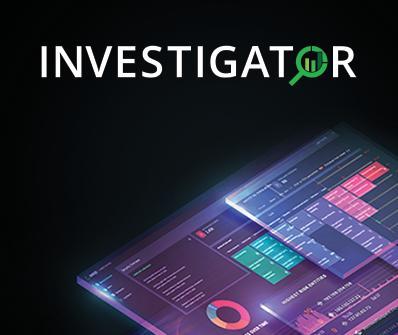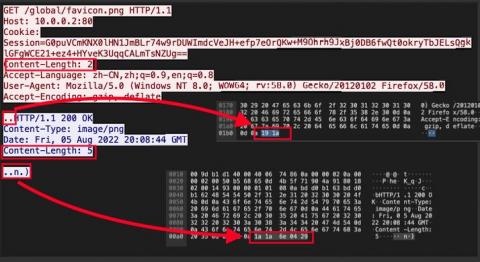"Easy" button for cloud NDR visibility
As organizations continue to rapidly adopt cloud services, they struggle to expand network detection and response (NDR) capabilities to their hybrid and multi-cloud environments. Network visibility is critical for security operations center (SOC) teams to secure their cloud environments and ensure they can elevate threat detection and incident investigation capabilities. However, traditional NDR solutions require management, configuration and often lack the security context needed.











